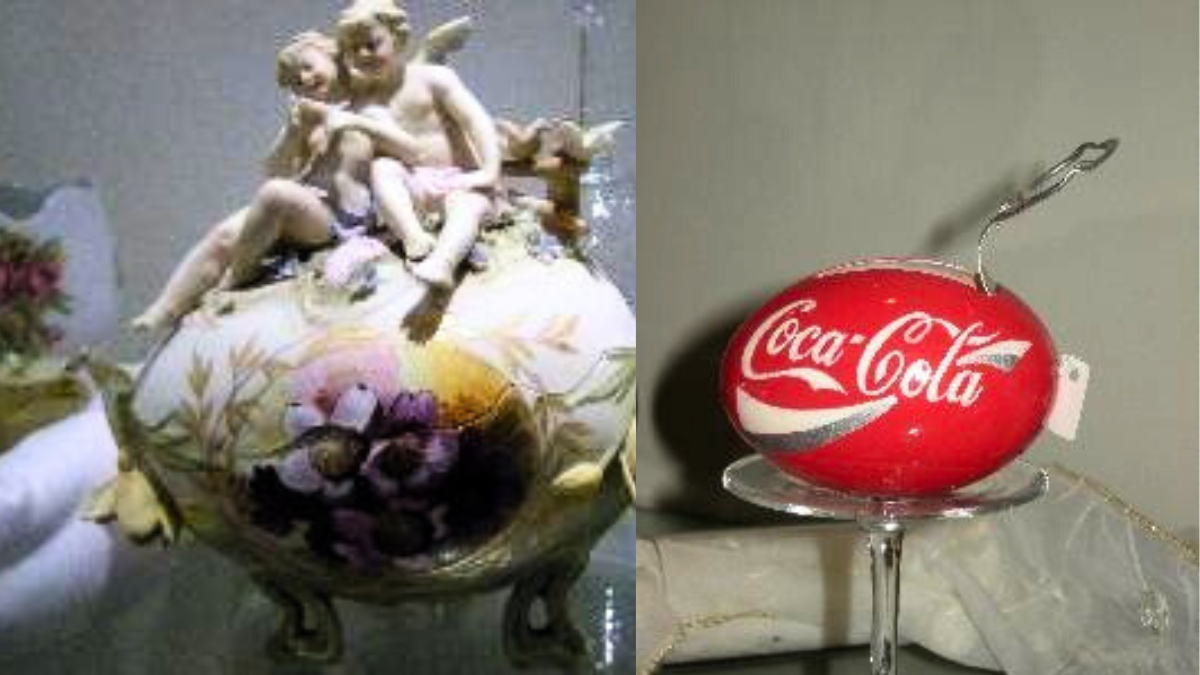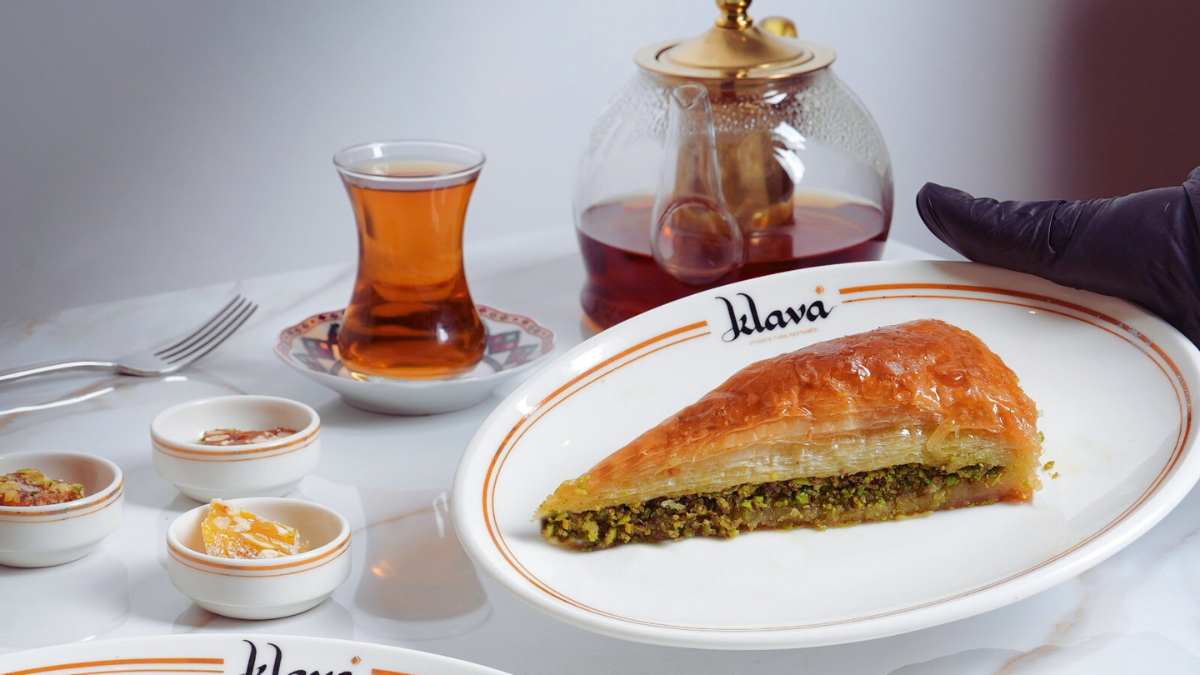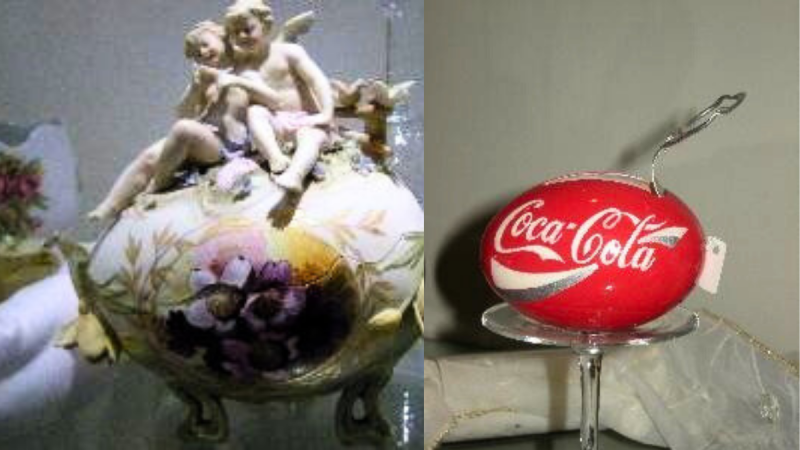An egg-cellent discovery about Easter eggs in Germany has been made. You do not have to hunt for these pretty-looking easter eggs anymore. You ask why? Well, ‘The Easter Egg Museum’ in Germany houses more than 1000 easter eggs on display! It continues to grow and is one of a kind in Germany. It is located in the Osterei Museum and let’s crack open some special information about this Easter egg.
Welcome To The Easter Egg Museum, The First Easter Museum In Germany
Kashubian Easter eggs. pic.twitter.com/aNv7xUZqqd
— Alice (@MedeaMorte) March 18, 2024
Started by Sonnenbühl locals, The Easter Egg Museum opened its doors to the public in 1993. It is the first easter egg museum in Germany and has more than 1000 easter eggs and still counting. The pretty egg decorations display cute food ads, pop culture references, religious art and many more things. The eggs used range from chicken, goose, ostrich and other ones.
You will even find some gorgeous egg holders, Easter toys and cute little egg-related things. During the festival of Easter, this museum becomes a hotspot for visitors. Because The Easter Egg Museum is thronged by tourists from around the world, they host fun events with artists that explain and demonstrate the unique art of egg decoration for easter.
Not just that, you will get to witness the beautiful and delicate art of tatting, lacquer painting, perforations, fine embroidery, porcelain painting, elaborate wax techniques and more such interesting techniques of art. It has two floors, the first one houses egg exhibitions and themes change yearly. The second floor of The Easter Egg Museum is filled with decorated real easter eggs.
The Relation Between Easter And Eggs
The tradition of egg decoration in Slavic cultures originated in pagan times,and was transformed by the process of religious syncretism into the Christian Easter egg. Some of these decorated eggs have retained pagan symbolism, while others have added Christian symbols and motifs. pic.twitter.com/YTr3RNNqby
— 𝕄𝕚𝕤 (@papillonMis) March 27, 2024
- Egg is believed to be the symbol of life in many cultures around the world. In Christianity, it is believed that the chick hatched from the egg on Easter Sunday recalls the resurrection of Jesus Christ.
- Catholics were forbidden to consume eggs between Ash Wednesday and Easter. Hence, all the eggs were collected from Holy Week, the last week of fasting and stored.
- Back in the day, to not spoil the eggs people boiled them.
- To differentiate between new and old eggs getting mixed up, they were coloured red to symbolise the blood of Jesus.
- On Easter Sunday, you can eat eggs again. Firstly, Easter eggs were consecrated and then either donated or eaten.
- To this day, the colouring of eggs remains a tradition for Easter and you get to witness the beauty of this at The Easter Egg Museum in Germany.
Also Read: From Magiritsa Soup To Hot Cross Buns, 7 Traditional Easter Dishes And Their Fascinating Stories
The Easter Egg Museum is a must-visit when you are planning to visit Germany during Easter.
Where: Osterei Museum, Erpfingen, Swabian Alb, Germany
Timings: 11 AM – 5 PM, Closed on Mondays
Cover Image Credits: Website/Osterei Museum Sonnenbuehl
For more such snackable content, interesting discoveries and the latest updates on food, travel and experiences in your city, download the Curly Tales App. Download HERE.
First Published: March 29, 2024 7:22 AM




